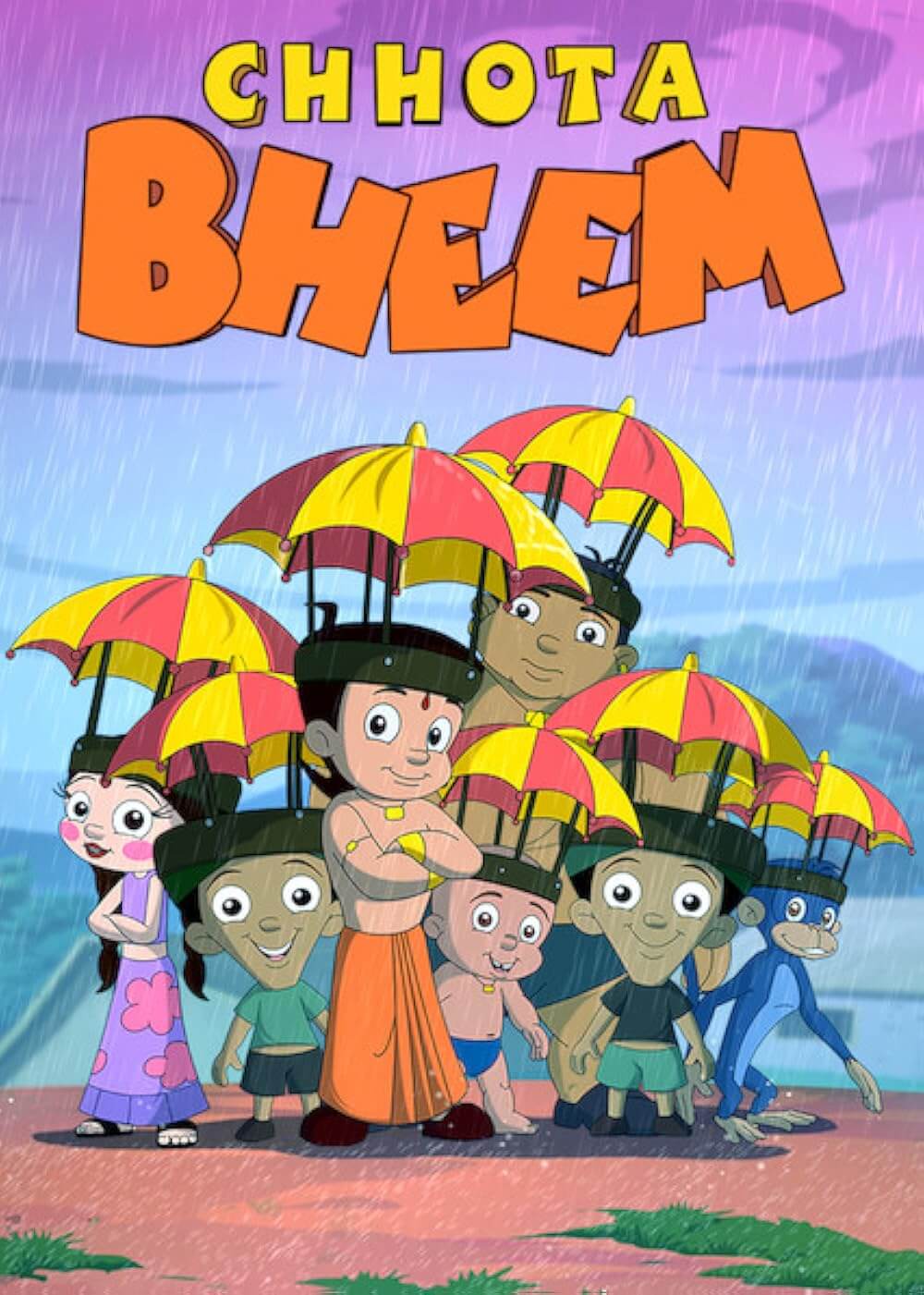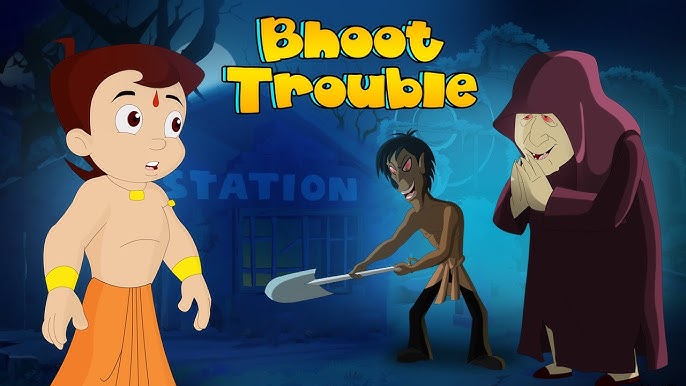
Why I Watch Chhota Bheem
Introduction
In the vast world of animated shows and cartoons, few have managed to capture the imagination of children and adults alike the way Chhota Bheem has. Produced in India, this animated series revolves around the adventures of Bheem, a brave and strong boy who lives in the fictional kingdom of Dholakpur. Over the years, Chhota Bheem has become more than just entertainment; it has become an inspiring and culturally rich experience for its viewers.
I enjoy Chhota Bheem because it is more than simply a cartoon; it is a source of inspiration, joy, and education. It teaches me to be brave, kind, and to always stand up for what is right.
1. A Hero Worth Admiring
The main reason I watch Chhota Bheem is because of the central character, Bheem himself. He is strong, courageous, and always ready to stand up for what is right. Bheem uses his strength not for selfish reasons, but to protect his friends and the people of Dholakpur.
In today’s world, children and even adults need positive role models. Bheem represents qualities such as honesty, bravery, and kindness. Whenever a problem arises in Dholakpur, Bheem does not hesitate to take action, even if it puts him in danger. Watching him reminds me that real strength lies not only in muscles but in having a good heart and a strong sense of justice.
2. Lessons of Friendship
Another reason I watch Chhota Bheem is because of the beautiful friendships depicted in the show. Bheem is never alone; he has a close circle of friends, including Chutki, Raju, Jaggu the monkey, and even his rival-turned-friend, Kalia.
Each friend has unique qualities. Chutki is caring and intelligent, Raju is brave despite being small, and Jaggu adds humor with his monkey tricks. Even Kalia, who often tries to compete with Bheem, sometimes shows loyalty when needed. These friendships remind me that life is better when we work together, share happiness, and support each other.
3. Strong Cultural Values
Chhota Bheem is different from many other cartoons because it is rooted in Indian culture and traditions. Episodes often showcase Indian festivals such as Diwali, Holi, and Janmashtami, teaching children about the importance of culture, celebrations, and respect for traditions.
Watching the show gives me a sense of cultural pride. It connects me with India’s history and mythology, while still being entertaining. For example, the way Bheem gets his energy from eating laddus is both funny and symbolic—it shows how something as simple as food can become part of storytelling.
4. Entertaining Adventures
One of the main reasons I watch Chhota Bheem is for its adventurous storylines. The characters often go on exciting journeys outside Dholakpur—sometimes into jungles, deserts, mountains, or even magical lands. These adventures are full of challenges, puzzles, and villains that make every episode thrilling.
Each adventure feels unique. Sometimes it is about saving the kingdom from enemies, and other times it is about discovering treasures or helping strangers in need. The balance between action, humor, and moral lessons keeps me entertained and engaged.
NOTE: I watch chota bheem games because they entertain me, teach me valuable lessons, and inspire me to be a better person. It is not just about fun—it is about courage, friendship, culture, and learning.
5. Positive Life Lessons
What makes Chhota Bheem special is that every episode carries a message. Whether it is about honesty, kindness, bravery, or teamwork, the show teaches values without being boring.
For example, if a villain tries to trick people, the show demonstrates why dishonesty never succeeds. If someone is selfish, the story shows how selfishness leads to failure. Watching these lessons play out on screen helps reinforce these values in daily life.
6. Humor and Lighthearted Moments
Along with action and lessons, Chhota Bheem has plenty of humor. Characters like Jaggu and Kalia often bring comic relief with their funny behavior and silly mistakes. These lighthearted moments make the show enjoyable for both children and adults.
Whenever I feel stressed or tired, watching an episode of Chhota Bheem brings a smile to my face. The humor is clean and simple, making it perfect for family viewing.
7. Inspiration for Courage
I watch Chhota Bheem because it inspires me to face challenges bravely. Bheem never runs away from problems—whether it is a wild animal, a dangerous villain, or a natural disaster. Instead, he faces them with confidence and determination.
This attitude teaches me that life will always have obstacles, but courage and persistence can help overcome them. Watching Bheem makes me believe that even ordinary people can become heroes when they have a brave heart.
8. Educational Value
Although Chhota Bheem is a cartoon, it has educational elements too. Through adventures, it introduces geography, science, problem-solving, and even moral philosophy simple way. For example, when Bheem and his friends travel to different lands, I learn about new environments, cultures, and people.
Episodes also encourage logical thinking. Often, Bheem and his friends have to solve puzzles or come up with creative strategies to defeat villains. This develops problem-solving skills in a fun way.
Conclusion
To sum up, I watch Chhota Bheem because it is not just a cartoon but a meaningful experience. It entertains me with action, adventure, and humor, while also teaching lessons about courage, honesty, friendship, and kindness. It connects me to culture, sparks my imagination, and inspires me to be a better person.
In a world filled with content that is often negative or meaningless, Chhota Bheem stands out as positive, family-friendly, and educational. Whether I am watching for fun, relaxation, or inspiration, it always leaves me with something valuable.








